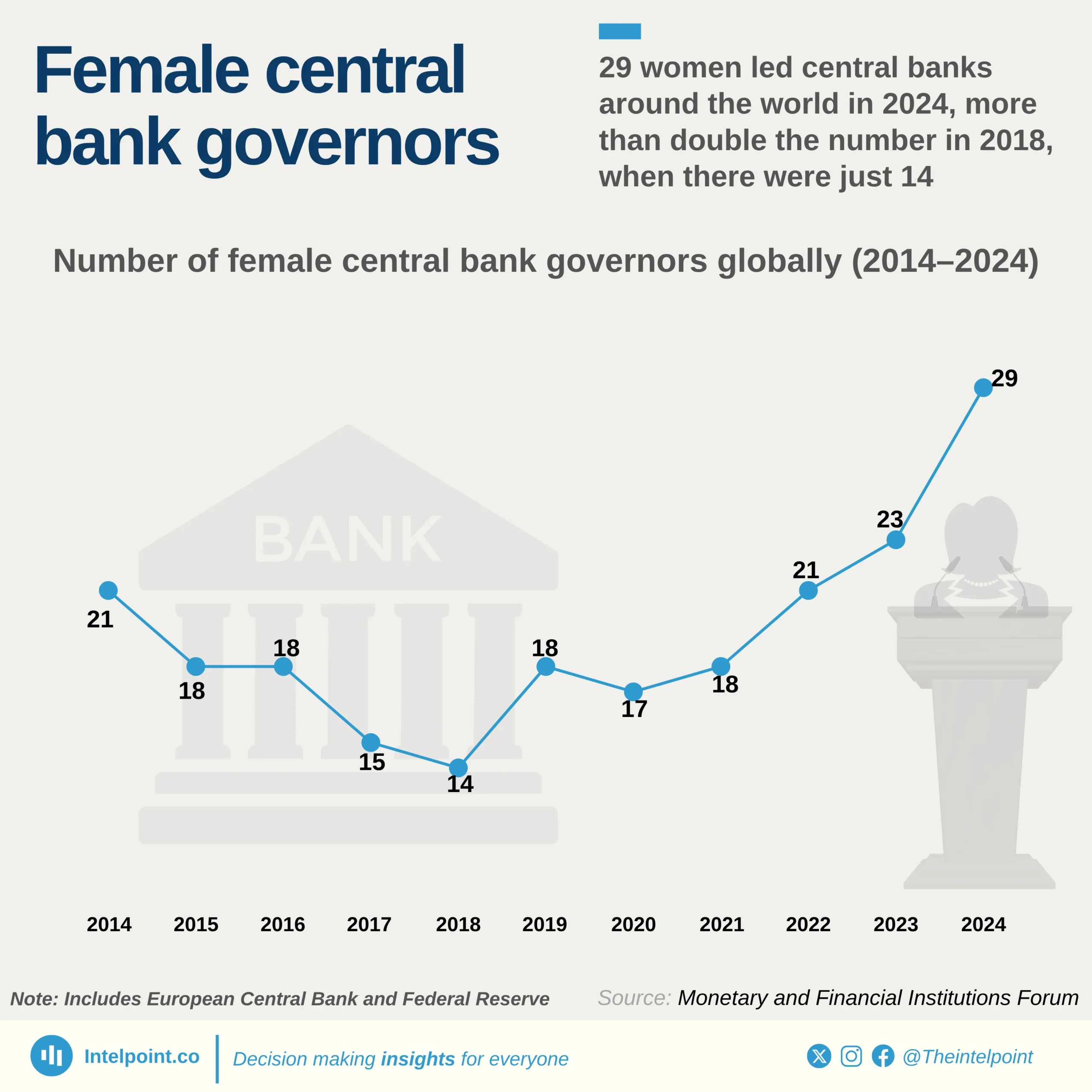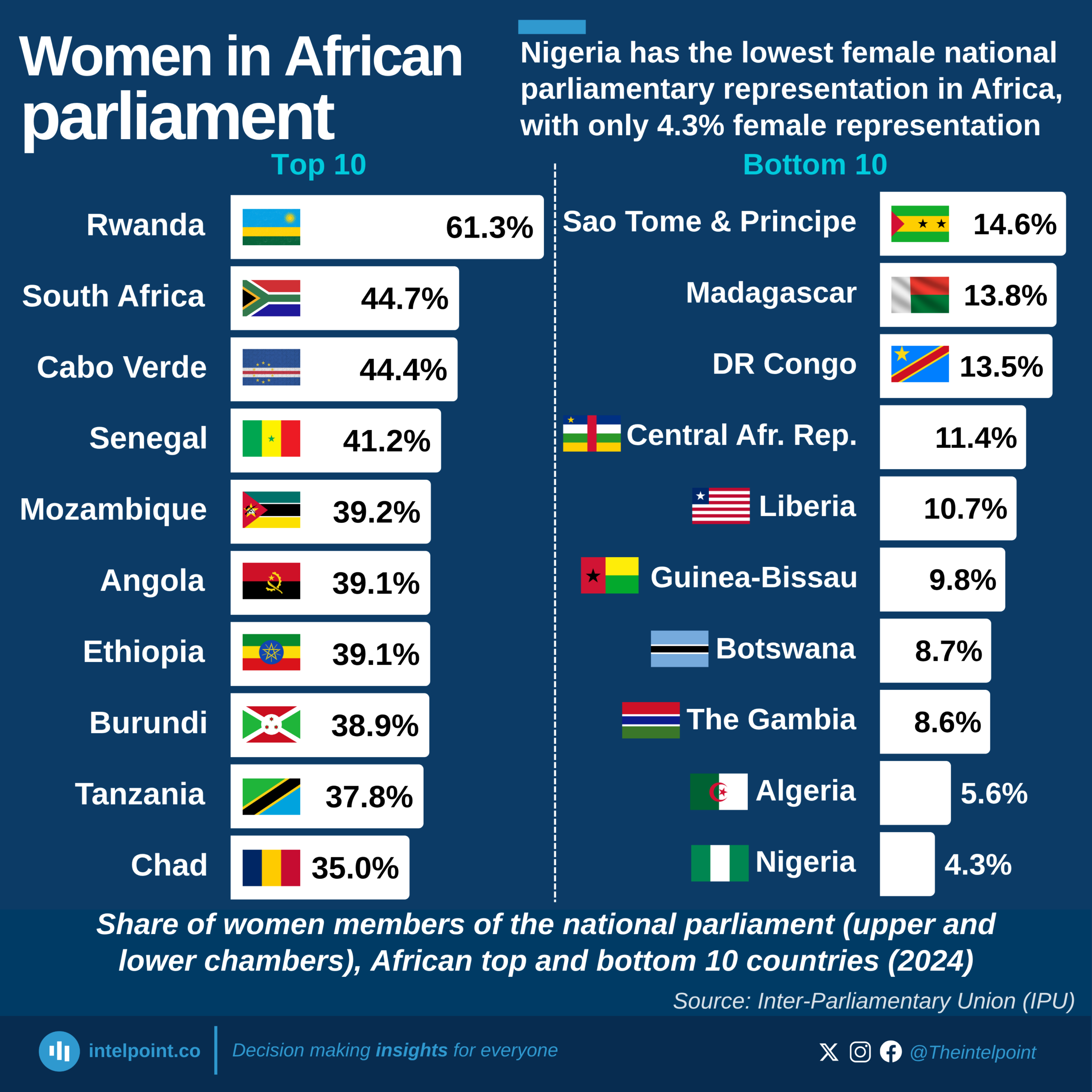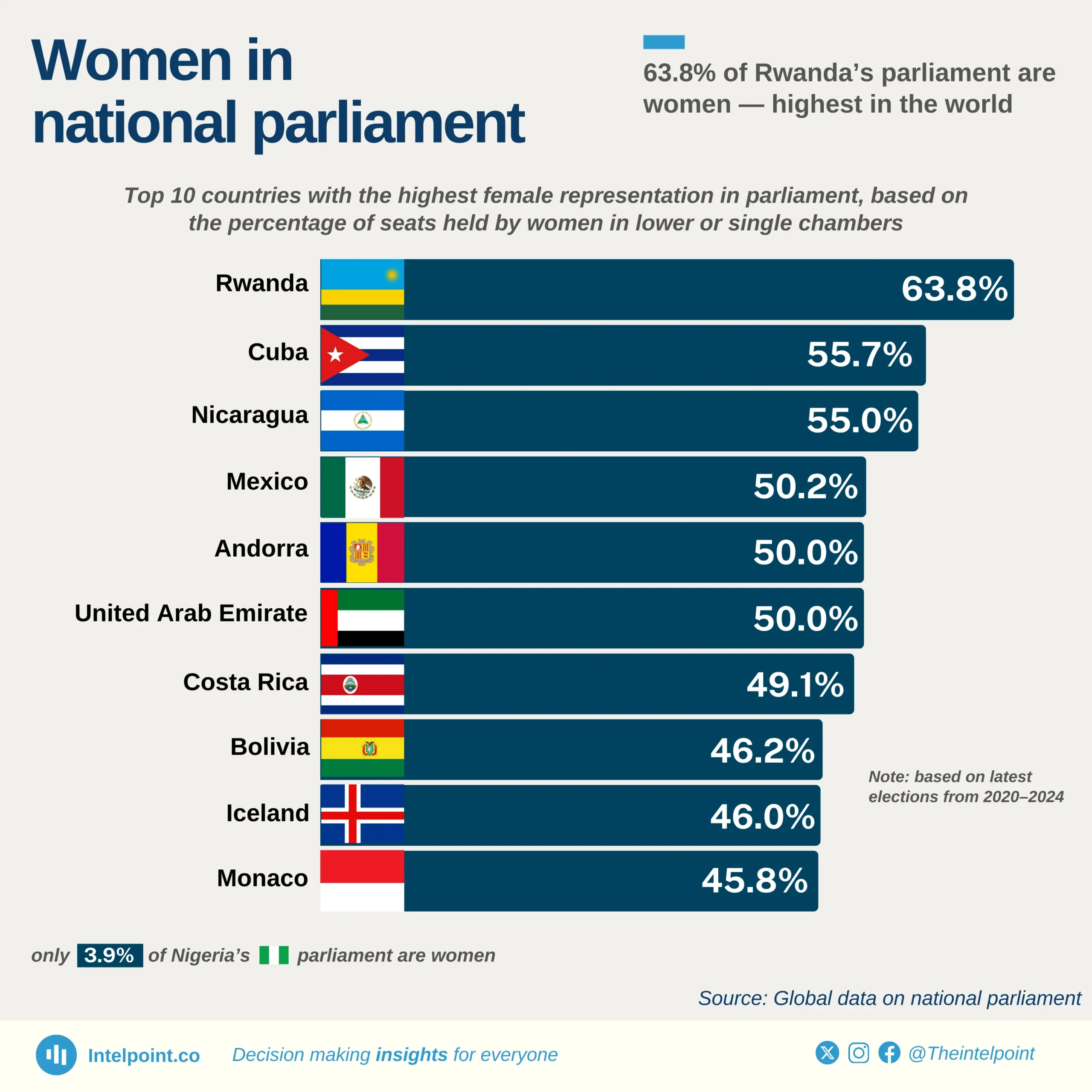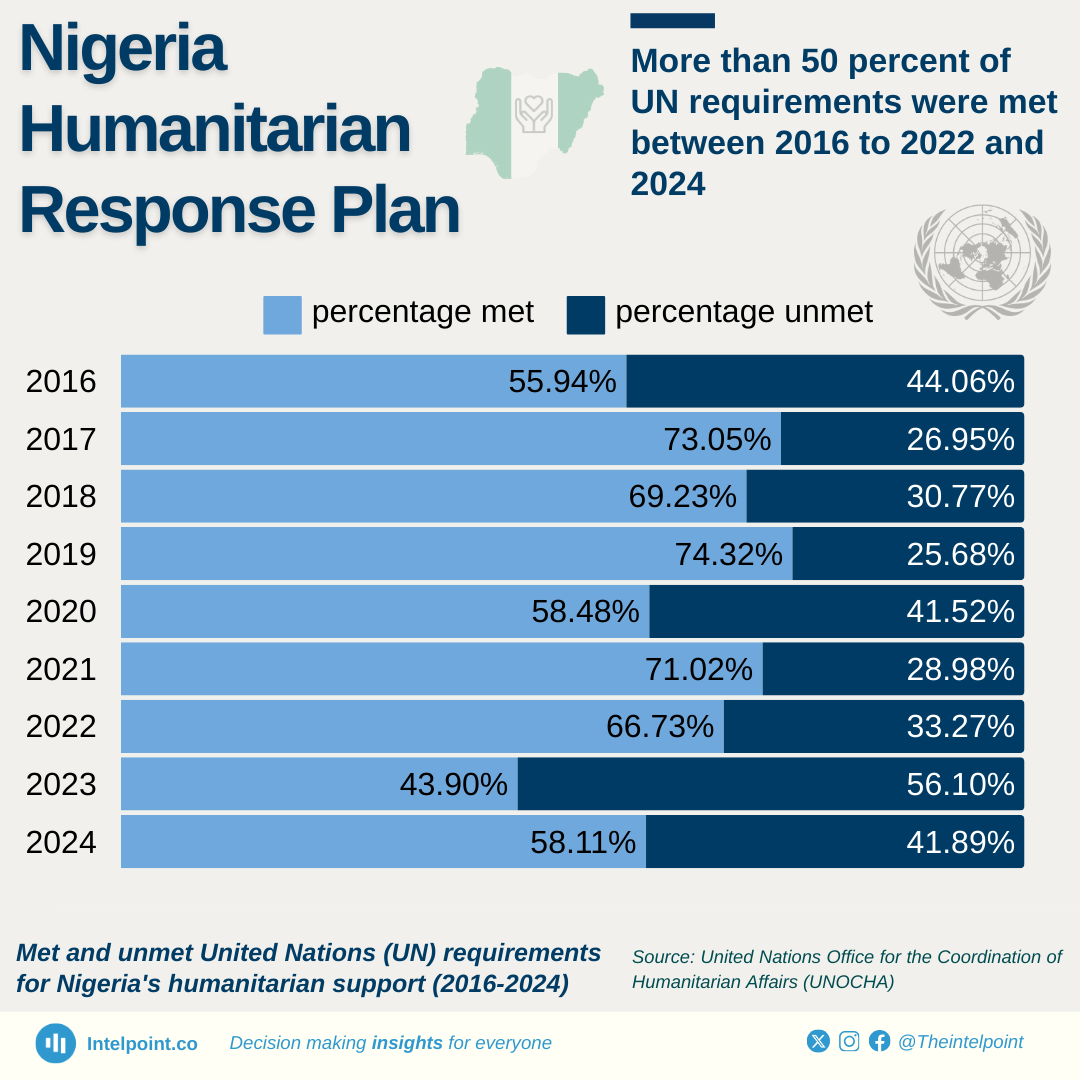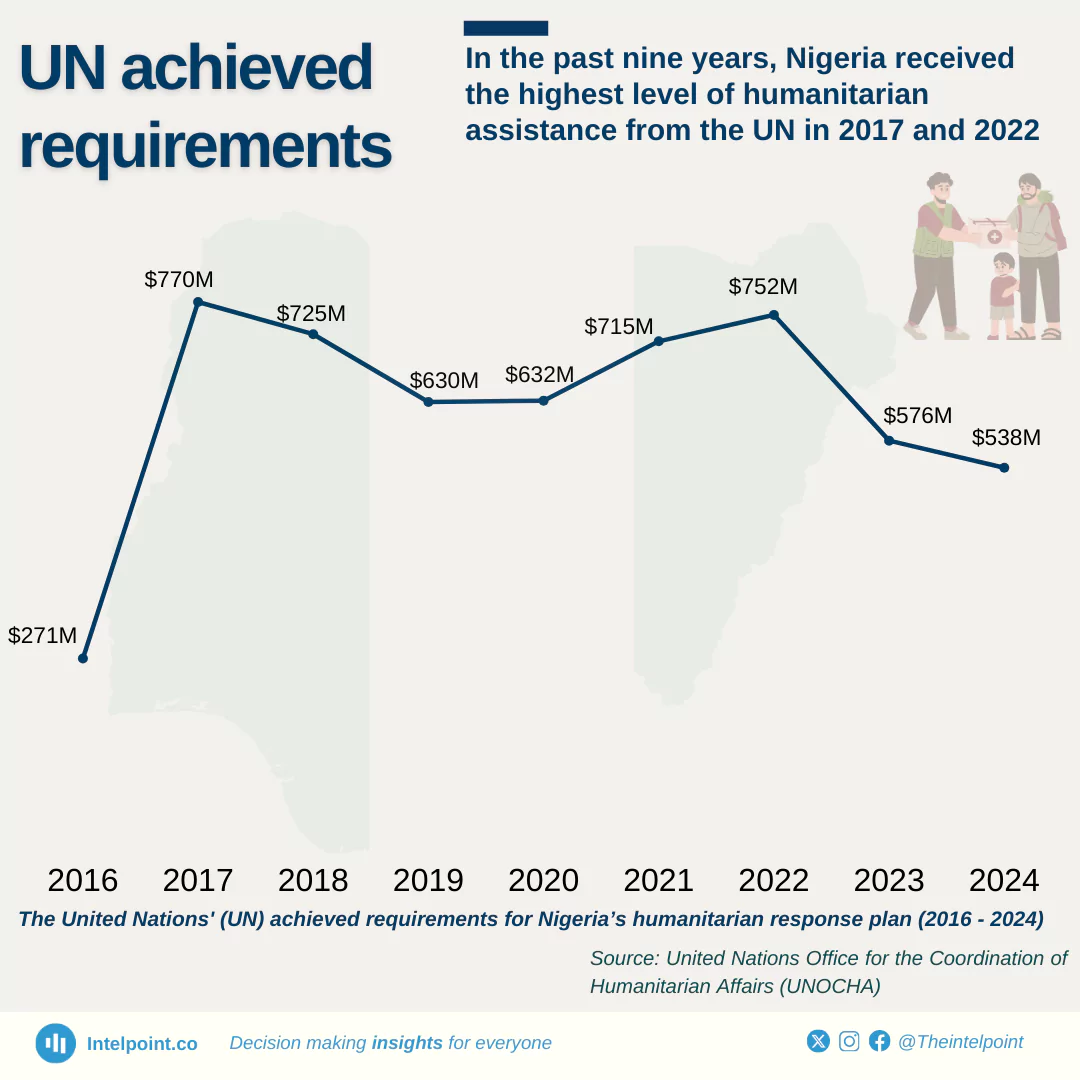Since 2010, Nigeria’s federal government capital expenditure has seen a 12.91% Constant Annual Growth Rate (CAGR), reaching a cumulative ₦25.7 trillion by 2024. The post-2020 era saw the highest rate of increase, growing from ₦1.61 trillion in 2020 to ₦5.15 trillion in 2024, and totaling ₦15.3 trillion (59.5% of total 15-year cumulative investment), indicating accelerated investments in infrastructure.
